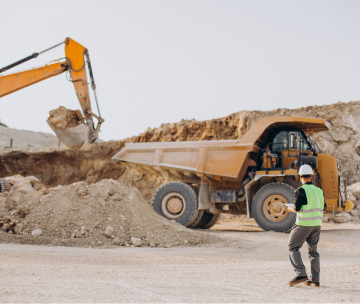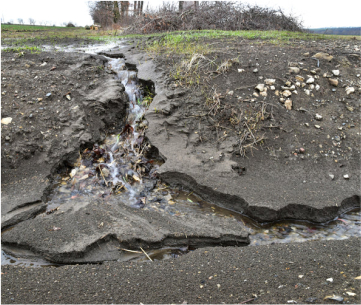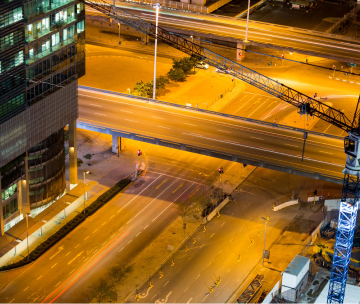Building and maintaining stability for infrastructure projects, especially on challenging terrains, is no small task. Without careful planning, it can lead to costly delays, safety issues, and unsustainable outcomes. Here are eight proven strategies to ensure your projects achieve long-term stability, even in the most difficult conditions.
Conduct Detailed Terrain Assessments
Begin with an in-depth analysis of the site’s geological and environmental conditions. Use advanced tools like topographic surveys, soil analysis, and slope stability testing. Why It’s Important: Understanding the terrain’s vulnerabilities helps design solutions tailored to specific challenges.
Choose High-Quality Materials
Invest in durable materials such as reinforced concrete, weather-resistant metals, and geosynthetics. These materials are designed to withstand the harshest conditions. Key Tip: Use materials that are resistant to erosion, corrosion, and extreme weather to prolong the structure’s life.
Leverage Modern Engineering Techniques
Utilize techniques like retaining walls, slope stabilization systems, and advanced piling to fortify unstable terrains. Modular construction can also help with faster and more reliable builds. Why It Works: Innovative engineering methods enhance the structural integrity of projects, reducing long-term maintenance costs.
Implement Effective Drainage Systems
Water accumulation is a common issue on challenging terrains, leading to soil erosion and instability. Design efficient drainage systems, including permeable pavements and bioswales, to manage runoff. Outcome: Proper drainage protects against water damage and helps maintain soil strength.
Adopt Sustainable Practices
Incorporate eco-friendly measures like vegetation reinforcement, natural erosion barriers, and recycled materials. Why It Matters: Sustainability not only reduces environmental impact but also ensures the long-term stability of the terrain.
Plan for Natural Disasters
Design with resilience in mind to counter risks such as landslides, floods, or seismic activity. Use disaster-resistant construction techniques and materials. Key Tip: Conduct simulations to understand potential disaster impacts and design mitigation strategies accordingly.
Monitor Infrastructure with Technology
Install IoT sensors, drones, and remote monitoring systems to track the health of your structure in real time. Predictive maintenance tools can alert you to issues before they escalate. Why It Works: Early detection of problems saves money and ensures long-lasting stability.
Work with Experts
Collaborate with geotechnical engineers, environmental consultants, and experienced contractors to overcome the unique challenges of your project. Pro Tip: Partner with professionals who have experience in building on difficult terrains to ensure success.
Conclusion
Stability on challenging terrain is achievable with careful planning, quality materials, advanced techniques, and proactive monitoring. By implementing these eight strategies, you can deliver infrastructure projects that are durable, cost-effective, and sustainable.
Looking to secure stability for your projects? Contact Sanbros MCB Routes for tailored solutions that ensure success in even the toughest conditions.




